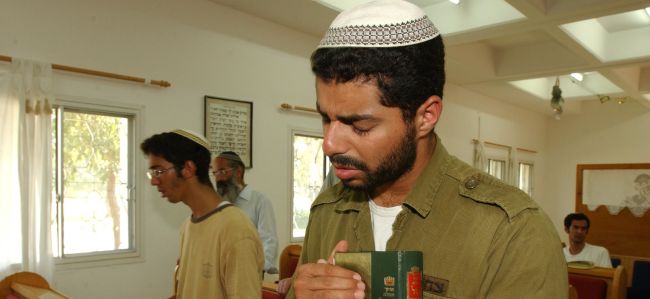Rav Yosef of Ampalia was a devoted servant of Hashem and was known to recite Shemoneh Esrei with intense fervor. One day he fell seriously ill; he became extremely pale and his breathing slowed down. His attendants were unsure whether his soul had already departed from this world. Moments later he began to regain his color, and eventually he returned to full health. When asked what had transpired during those moments where he seemed suspended between life and death, he related the following:
Rav Yosef saw his soul being brought before the Heavenly Court, together with all of the prayers he had recited. Suddenly a malach came and asked, “What are all of these prayers doing here?” and blew them all away, with the exception of one letter: hei.
At that moment there was a funeral of a tzaddik taking place, and the souls of all the righteous came down from heaven to greet the new arrival. One of those who came to greet the soul was Rabbi Yisrael ben Eliezer, the rabbi of Rav Yosef of Ampalia. When he saw his student standing in judgment before the Heavenly Court he asked, “What is he doing here? Do you know how much fervor he puts into his prayers?”
In order to lend credence to his plea, the Heavenly Court allowed Rav Yosef to recite Shemoneh Esrei before Hashem. His prayer was filled with such passion that it lifted up all of his other prayers that had been blown away. As a result his soul was allowed to return to its body (as cited in Taamei Haminhagim p. 51).
When we get to the final stages of Shemoneh Esrei, we might think that our chance for a focused and passionate prayer has passed, and perhaps has been missed. From the story of Rav Yosef we see that it is never too late to inject the fervor necessary to lift up all of one’s previous prayers. After the nineteen blessings are concluded, we are given another chance to storm the Heavens, with the paragraph “Elokai Natzur.”
Text Copyright © 2010 by Rabbi Daniel Travis and Torah.org


